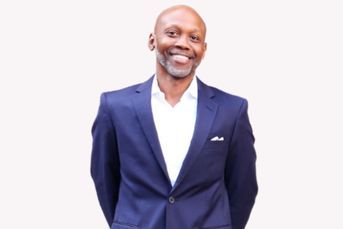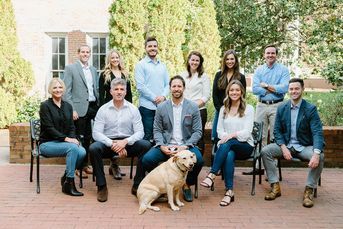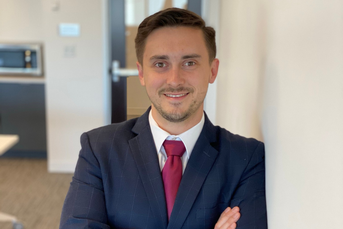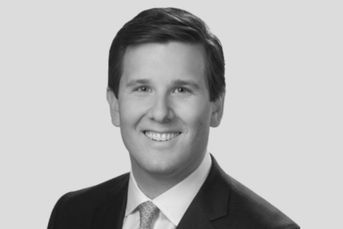Navigating the complexities of sustainable investing
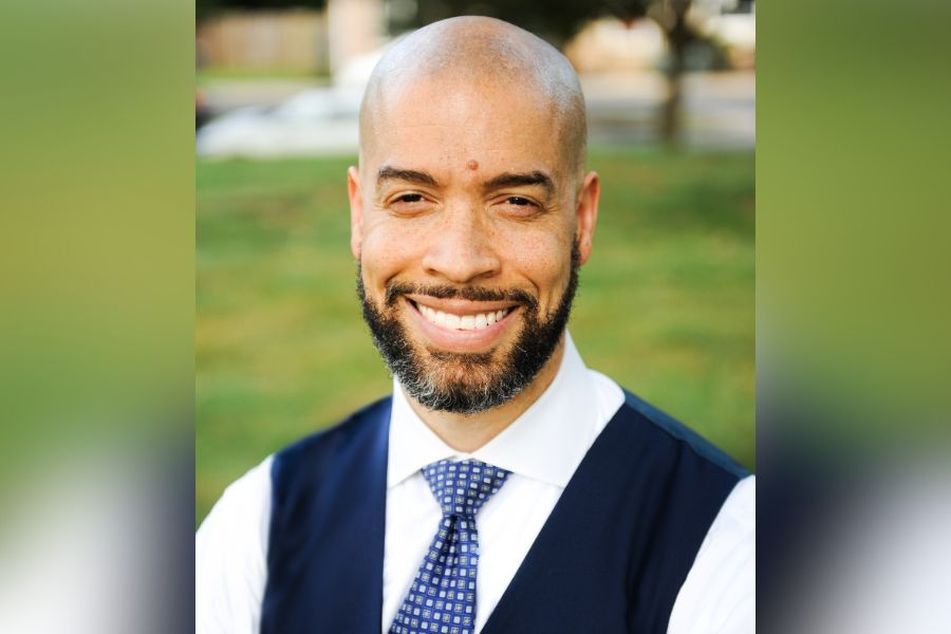
My clients want to create either equal or more return without compromising their values, wealth advisor says.
Jason Howell understands the highs and lows of building first-generation wealth within a family better than most.
“You’ve got guilt, fear, and pressure,” he tells InvestmentNews. “And as a first-generation person who has made a little bit of money [myself], there’s even a little embarrassment.”
As the founder of Jason Howell Co., he’s convinced that sustainability is successful financial planning. It includes good budgeting, risk management, and estate planning if you’re going to effectively pursue multigenerational wealth. Navigating the complexities of actual sustainable investing, Howell distinguishes between “ESG integration” and “impact investing.”
“ESG integration is the most popular form of so-called sustainable investing in the United States. ESG integration is something you apply on top of your other investment analysis. Impact investing is actually an entirely different topic,” he says. “It’s saying, ‘I’m going to take less of a return.’ Some critics paste over the definitions and assume that all sustainable investing is impact investing – but my clients don’t want to take a lesser return. They want me to do everything I can to create either equal or more return while not compromising their values.” That’s ESG integration.
Beyond his role as a wealth advisor, Howell finds fulfilment in teaching. Whether he’s imparting wisdom to students at George Mason University, where he’s an adjunct professor at the business college, or within his professional circle, Howell sees education as a tool for explaining economic complexities while cultivating responsible citizens.
“The students I teach already understand [corporate] finance, but by helping them to focus on personal finance, I can help them discern between false economic equivalencies by politicians and leaders,” Howell says. “They don’t just become better investors but better citizens, so it’s a great opportunity to be able to be a teacher in this space.”
This emphasis on educational value goes hand in hand with the intersection of finance and policy, which Howell acknowledges is a symbiotic relationship. Speaking to InvestmentNews, he emphasizes that understanding policy nuances goes beyond predicting market movements.
“Finance and law are two sides of a powerful triangle, the third side being people – being able to predict policy that could make you a good investor,” Howell says. “But more importantly, understanding and following the differences between political rhetoric, fiscal and monetary policy helps my firm translate what is actually happening in the economy.
“Politics can influence short-term market volatility, but in the long term, which is what our clients are focusing on, the economic stability of our system in the United States is determined by entrepreneurs, by financiers, consumers, and clients,” he says. “They place their bets on that, and so do we.”
Smart steps for bringing a child into a financial advisory practice
Learn more about reprints and licensing for this article.

